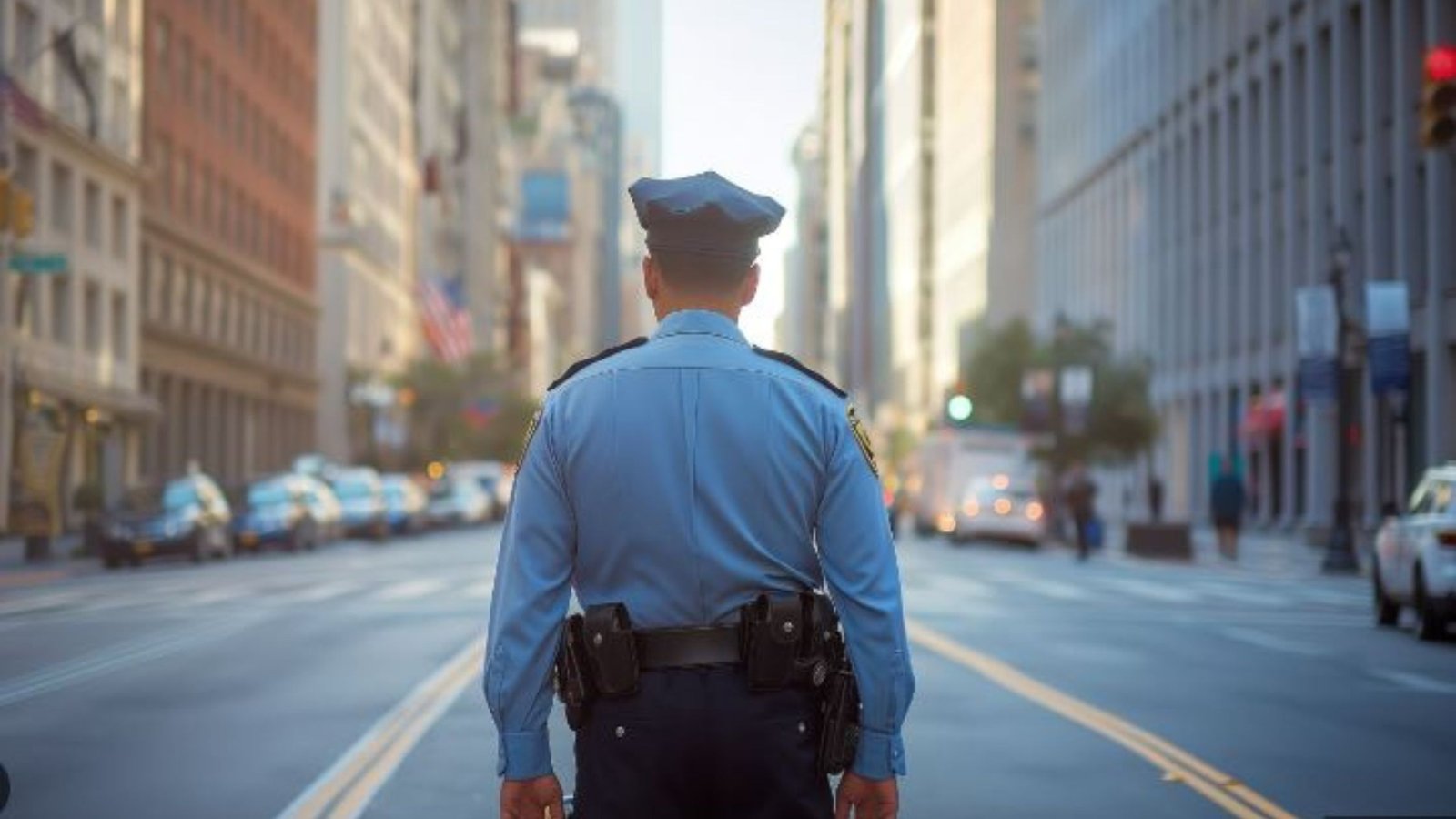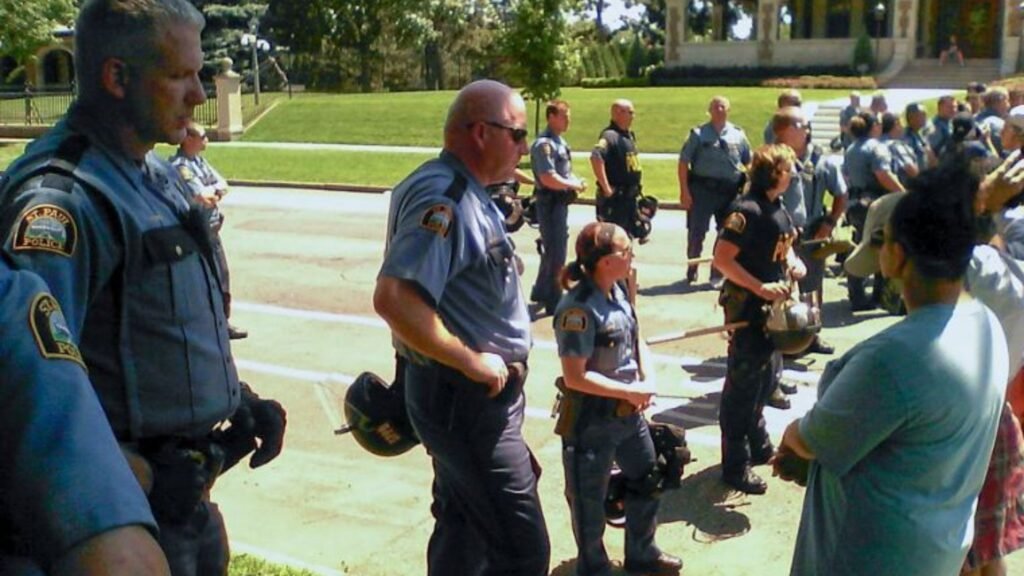The role of local governments in public safety is essential for maintaining community security and ensuring the well-being of residents. Local governments are on the front lines of implementing policies and services that directly affect public safety. This blog post explores how local governments contribute to public safety and the various strategies they use.

1. Implementing Community Policing
The role of local governments in public safety often involves implementing community policing strategies. Community policing focuses on building strong relationships between law enforcement and community members. Local governments support this approach by funding programs that encourage police officers to engage with residents in their neighborhoods.
Community policing initiatives include regular neighborhood patrols, town hall meetings, and community events. These efforts help officers understand local issues, build trust, and address concerns more effectively. By fostering a collaborative environment, local governments enhance public safety and improve community relations.
2. Managing Emergency Services
The role of local governments in public safety also includes managing emergency services. Local governments are responsible for coordinating and funding emergency response teams, including police, fire, and medical services. Effective management ensures that these services are well-equipped and prepared to handle emergencies.
Local governments invest in training, equipment, and technology to enhance emergency response capabilities. They also develop and implement emergency response plans to address various scenarios, such as natural disasters or accidents. By ensuring efficient and effective emergency services, local governments protect residents and minimize risks.
3. Enforcing Local Regulations and Codes
The role of local governments in public safety extends to enforcing local regulations and codes. Local governments establish and enforce rules related to building safety, health standards, and zoning. These regulations help ensure that communities are safe and healthy environments for residents.
For example, local governments enforce building codes to ensure structures are safe and meet safety standards. They also monitor compliance with health regulations in restaurants and public facilities. By enforcing these codes, local governments prevent hazards and promote a safe living environment.
4. Promoting Crime Prevention Programs
The role of local governments in public safety includes promoting crime prevention programs. Local governments fund and support initiatives aimed at reducing crime and improving community safety. These programs often involve partnerships with local organizations, schools, and businesses.
Crime prevention programs may include youth mentorship programs, neighborhood watch initiatives, and educational campaigns. By investing in these programs, local governments address the root causes of crime and work to create safer communities. Engaging residents in crime prevention efforts fosters a collective responsibility for maintaining public safety.
5. Supporting Mental Health and Substance Abuse Services
The role of local governments in public safety also involves supporting mental health and substance abuse services. Local governments recognize that mental health and substance abuse issues can impact public safety and community well-being. They invest in services and programs that address these challenges.
Local governments may fund mental health clinics, substance abuse treatment centers, and support services. They also collaborate with healthcare providers and community organizations to offer comprehensive support. By addressing mental health and substance abuse, local governments contribute to overall public safety and improve quality of life.
6. Enhancing Infrastructure and Urban Planning
The role of local governments in public safety is further enhanced through infrastructure and urban planning. Local governments plan and maintain infrastructure to ensure safe and accessible environments for residents. This includes road maintenance, street lighting, and public space management.
Investing in well-designed infrastructure improves safety by reducing hazards and enhancing visibility. For instance, well-lit streets and properly maintained roads contribute to safer driving conditions and reduce accidents. Local governments also focus on urban planning to create safe and welcoming communities.
Conclusion
In conclusion, the role of local governments in public safety is pivotal for creating secure and healthy communities. By implementing community policing, managing emergency services, enforcing regulations, promoting crime prevention, supporting mental health services, and enhancing infrastructure, local governments play a crucial role in safeguarding residents. Their efforts contribute to a higher quality of life and a stronger sense of security within the community.

